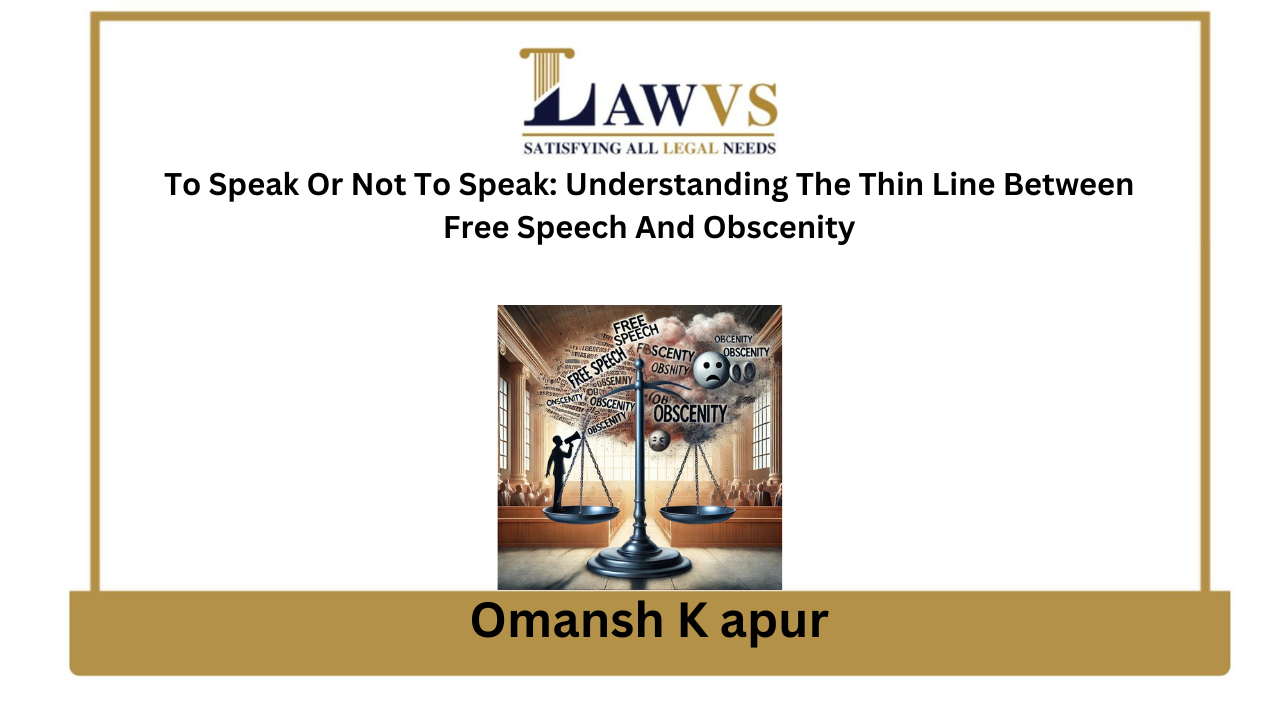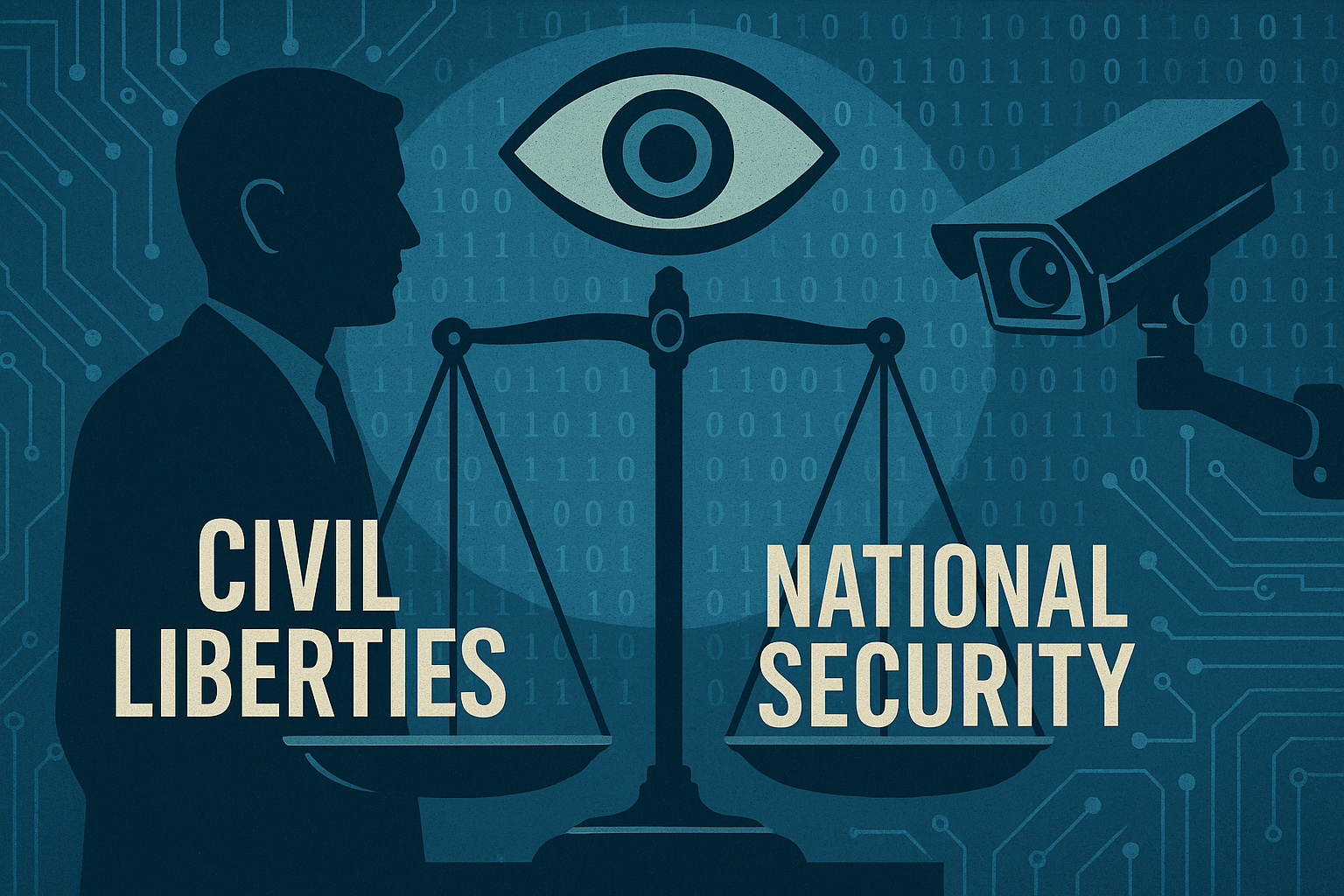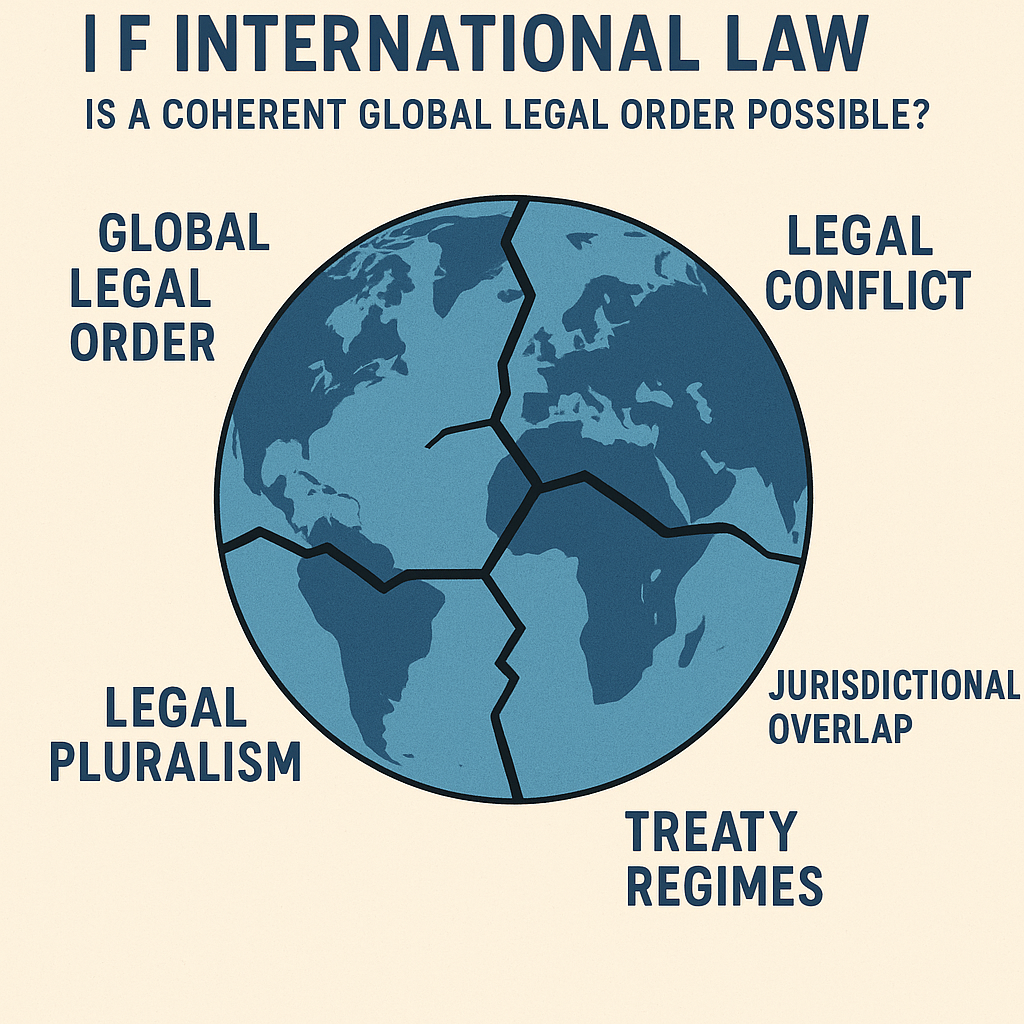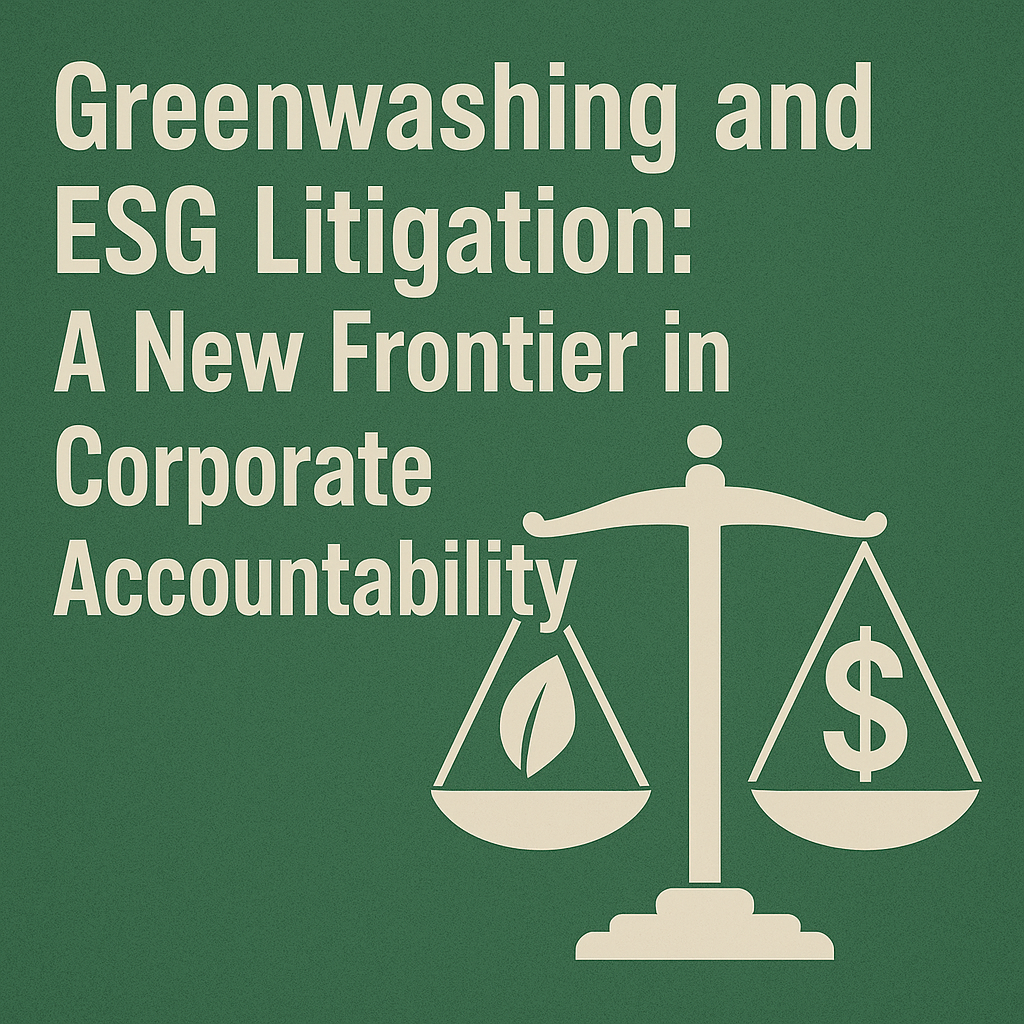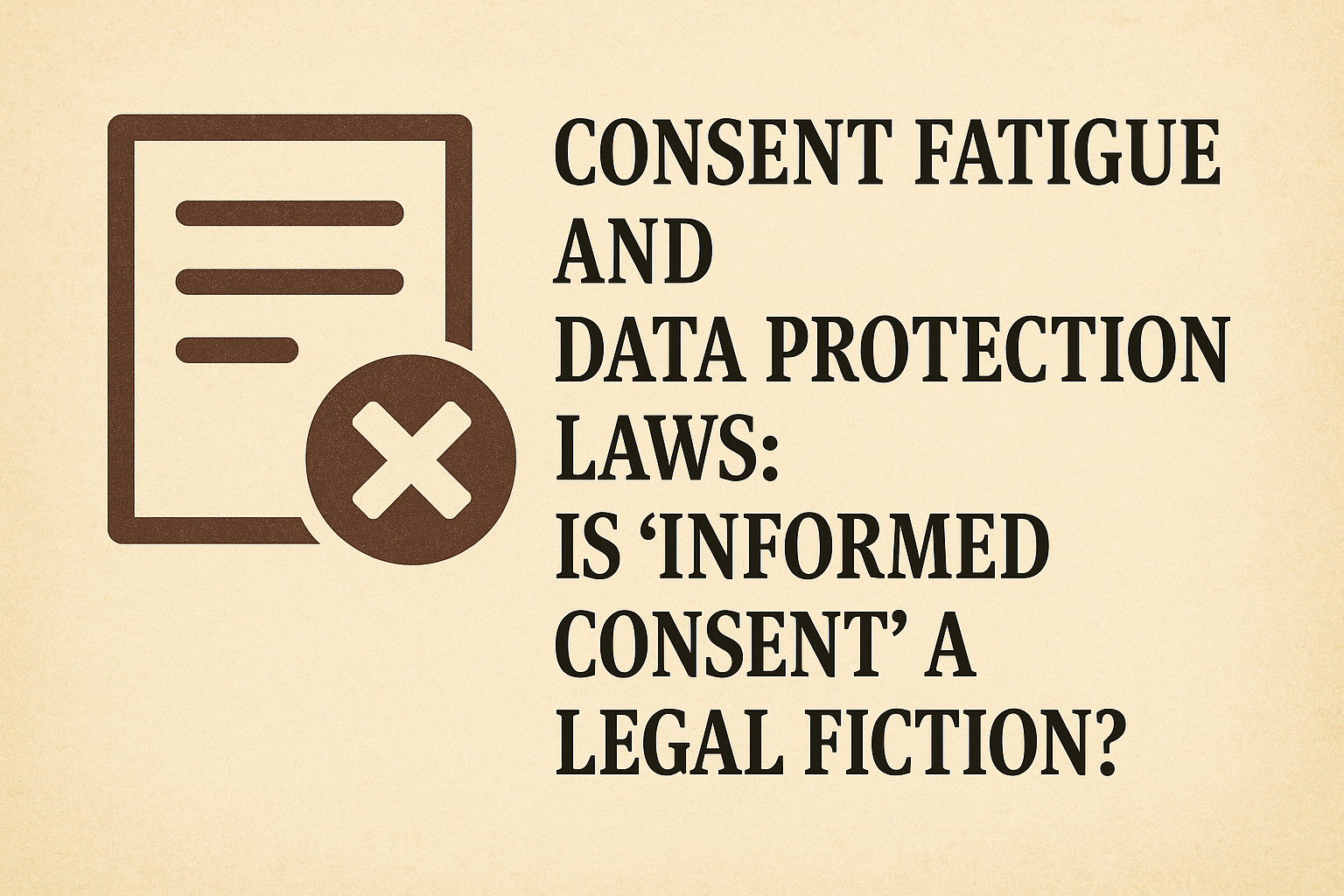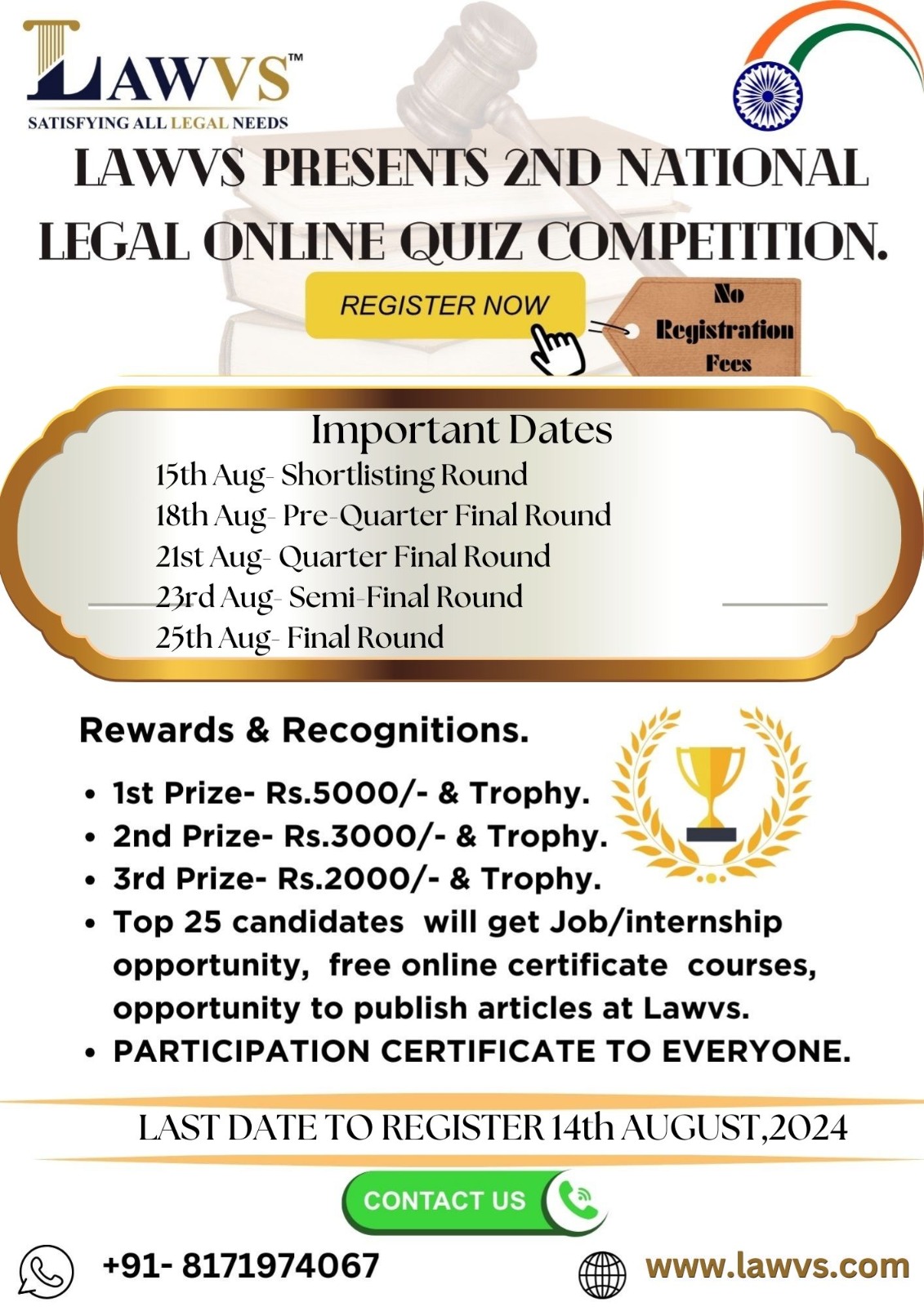Introduction The right to free speech is a fundamental pillar of democratic societies. It allows individuals to express their thoughts, ideas, and opinions without fear of government censorship or punishment. However, this right is not absolute, as it comes with certain limitations. One of the most debated constraints is the line between free speech and obscenity. While free speech encourages open dialogue and the exchange of ideas, obscenity is often viewed as harmful or offensive. Understanding the difference between the two is essential to maintaining a balanced society where expression is protected, but harmful content is regulated.
Defining Free Speech and Obscenity Free speech, as outlined in various constitutions and legal frameworks worldwide, includes the right to express opinions, criticize governments, and share artistic or controversial content. However, this freedom does not extend to speech that incites violence, spreads hate, or promotes obscenity.
Obscenity, on the other hand, is often legally defined as content that violates moral standards, is highly offensive, or lacks any serious artistic, literary, or scientific value. The definition of what is considered obscene varies across cultures and legal systems, making it a subjective and evolving concept.
The Legal Perspective Courts worldwide have struggled to establish clear boundaries between free speech and obscenity. One of the most well-known legal tests comes from the U.S. Supreme Court’s ruling in Miller v. California (1973), which established a three-pronged test to determine obscenity:
Whether the average person, applying contemporary community standards, finds the content appeals to prurient interest.
Whether the content depicts sexual conduct in a patently offensive way as defined by law.
Whether the content lacks serious literary, artistic, political, or scientific value.
Many other countries have their own standards, with some imposing stricter regulations on content deemed obscene or harmful to social norms.
Challenges in Distinguishing Free Speech from Obscenity The biggest challenge in distinguishing between free speech and obscenity is the subjective nature of morality and societal standards. What may be considered obscene in one culture or era might be accepted in another. Additionally, the rise of digital media has made regulating content even more complex, as it is easily shared and consumed across borders.
Another issue is the potential for censorship. If obscenity laws are too broadly applied, they can be used to suppress legitimate expression, artistic freedom, and even political dissent. The fear of overreach makes it crucial for legal frameworks to be carefully structured to protect both free speech and public morality.
The Role of Society and Technology In an era of social media and instant communication, defining and regulating obscenity is more challenging than ever. Online platforms often struggle to balance freedom of expression with content moderation. While some argue for stronger regulation to prevent offensive or harmful material, others caution against excessive censorship that might stifle creativity and debate.
Moreover, societal attitudes towards obscenity continue to evolve. What was once considered indecent in the past may now be widely accepted. This ongoing shift means that laws and policies need to be adaptable to reflect changing social norms while still protecting fundamental freedoms.
Conclusion The thin line between free speech and obscenity is a contentious issue that requires constant reassessment. While free speech is essential for democracy and personal expression, it should not be used as a shield for content that is harmful, degrading, or without value. Striking the right balance requires a nuanced approach that respects cultural differences, adapts to evolving norms, and ensures that laws are neither too restrictive nor too lenient. Ultimately, a well-informed and vigilant society is the best safeguard against both the dangers of unchecked obscenity and the perils of unwarranted censorship.
